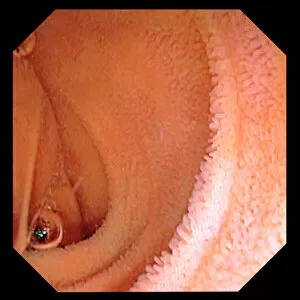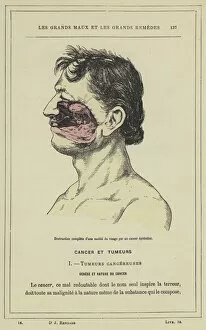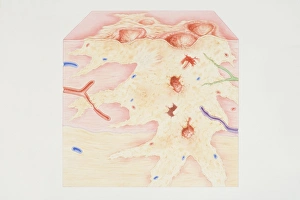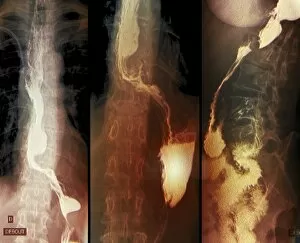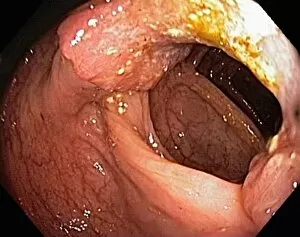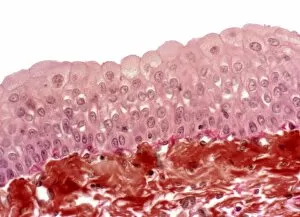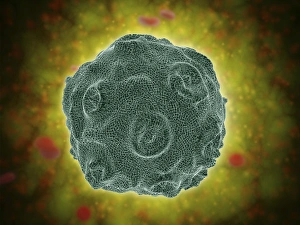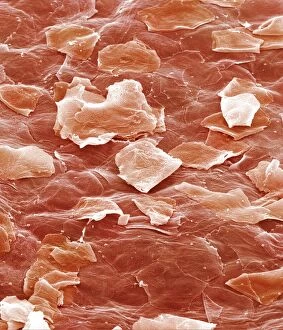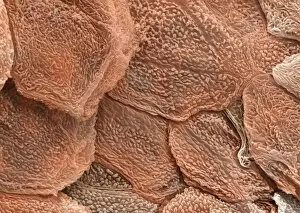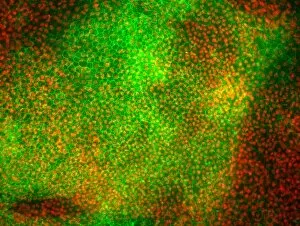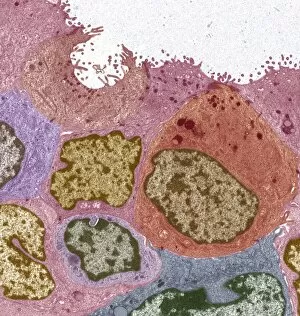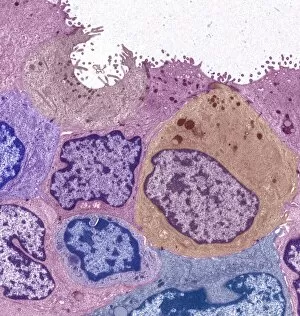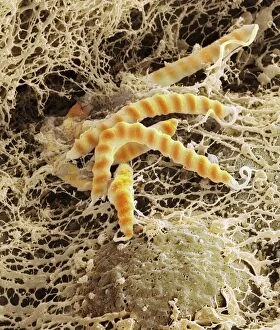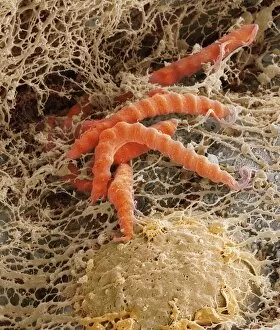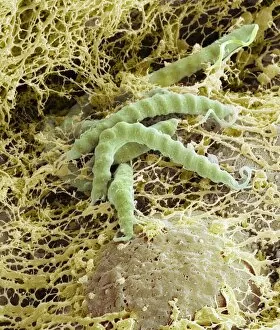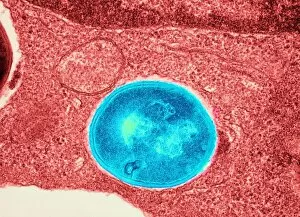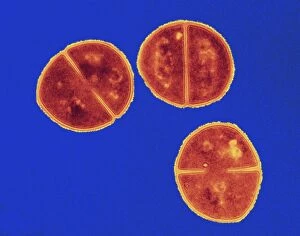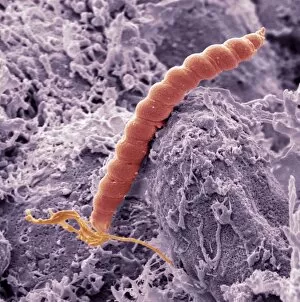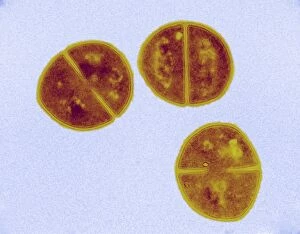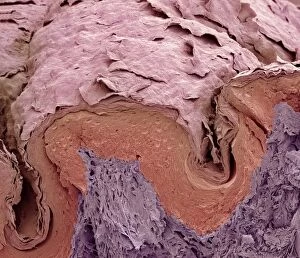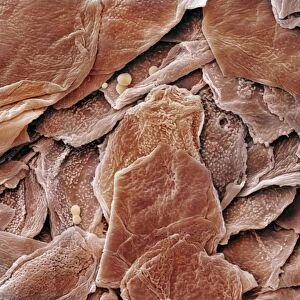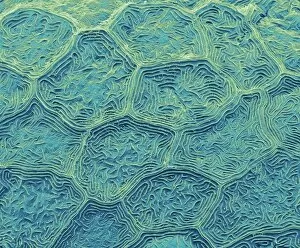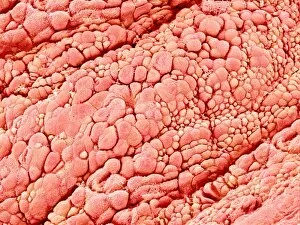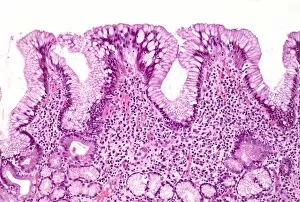Epithelial Collection
Epithelial cells, the unsung heroes of our body's lining
All Professionally Made to Order for Quick Shipping
Epithelial cells, the unsung heroes of our body's lining. From the intestinal tract to the trachea, these microscopic warriors protect and support us in ways we often overlook. Take a closer look at the intestinal lining under a scanning electron microscope (SEM). The intricate network of microvilli reveals itself, enhancing nutrient absorption and ensuring our digestive system functions seamlessly. Moving on to the trachea lining, SEM unveils its unique structure. These epithelial cells form a protective barrier against harmful particles while allowing for efficient gas exchange within our respiratory system. Zooming into zebra fish skin through SEM, we discover another fascinating aspect cells. Their arrangement provides defense against external threats while maintaining essential functions like osmoregulation. Intriguingly captured by SEM are bacteria residing in our nasal passages. Though seemingly insignificant, these tiny organisms play crucial roles in maintaining healthy immune responses and preventing infections. However, not all stories about epithelial cells are positive. A colour lithograph depicts the devastating impact of cancerous growth on half of someone's face. This serves as a reminder that even resilient epithelial layers can succumb to destructive forces if left unchecked. A cross-section diagram further illustrates how cancer affects various components such as calcium deposits, blood vessels, ulcerated areas, nerve fibers - all intertwined with an afflicted epithelial layer. It emphasizes the importance of early detection and treatment options available for those battling this formidable disease. Returning to less dire scenarios captured by SEM is the nasal lining – yet another example showcasing how delicate but vital these cellular linings truly are. The intestinal villi also make their appearance under SEM – finger-like projections that increase surface area for optimal nutrient absorption within our gut ecosystem. Shifting gears towards throat cancer diagnosis using X-rays highlights how medical imaging techniques aid in identifying abnormalities affecting this critical part of our anatomy. Early detection can significantly improve prognosis and treatment outcomes for patients facing such challenges.

